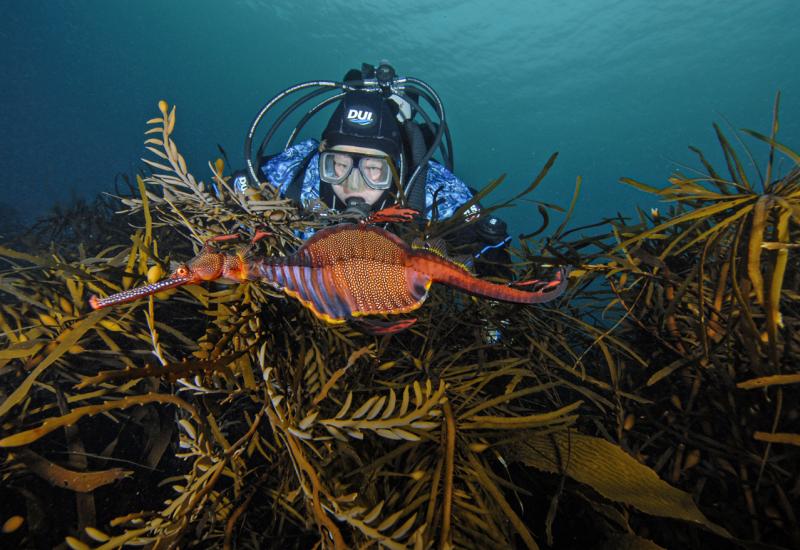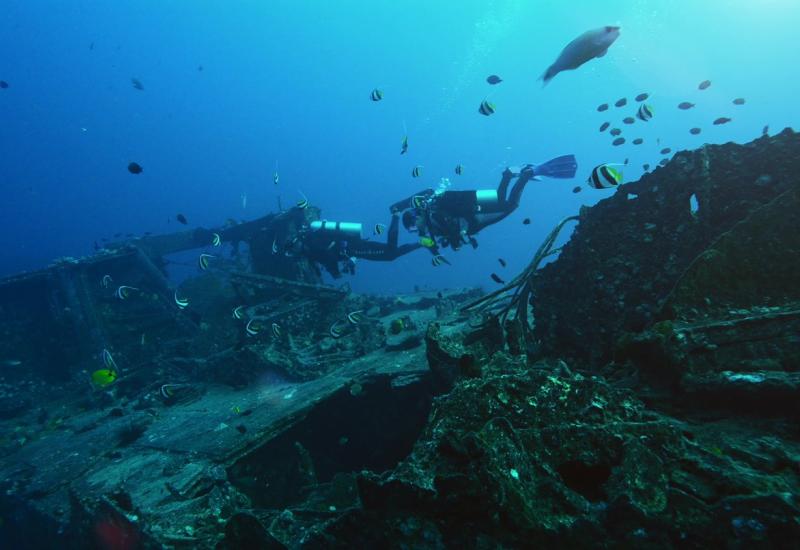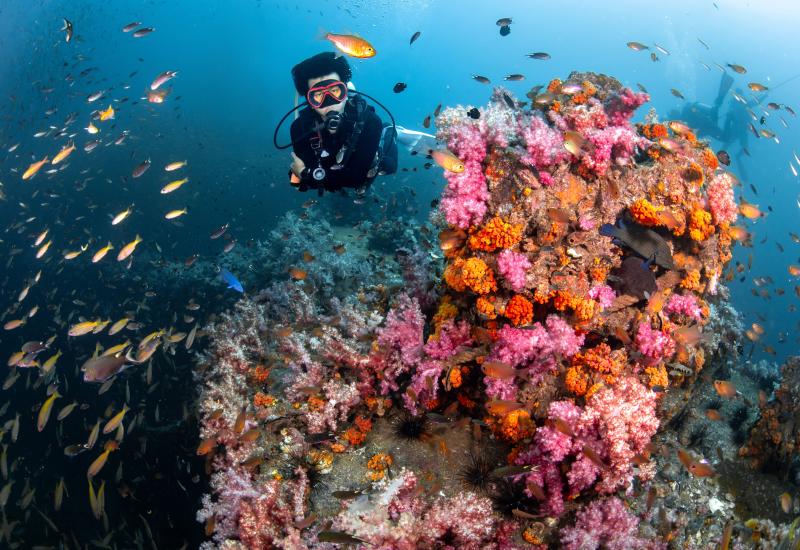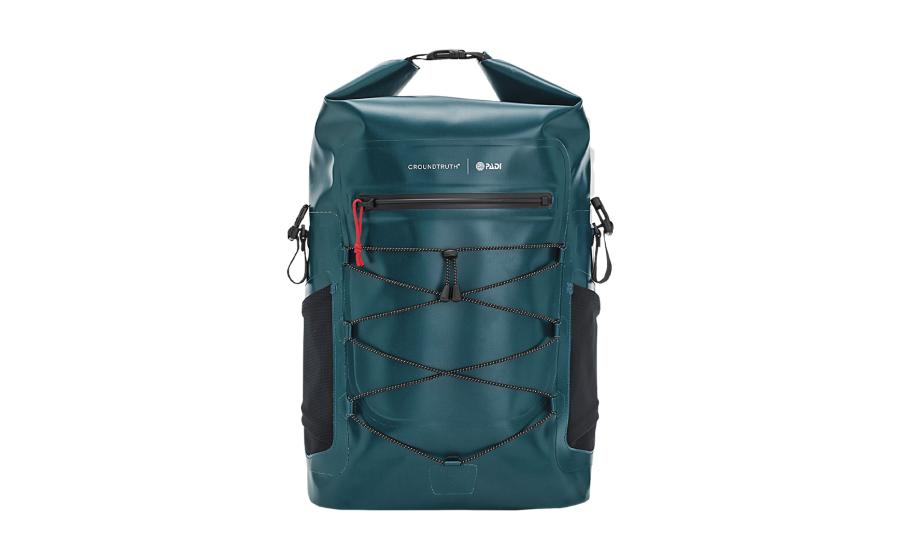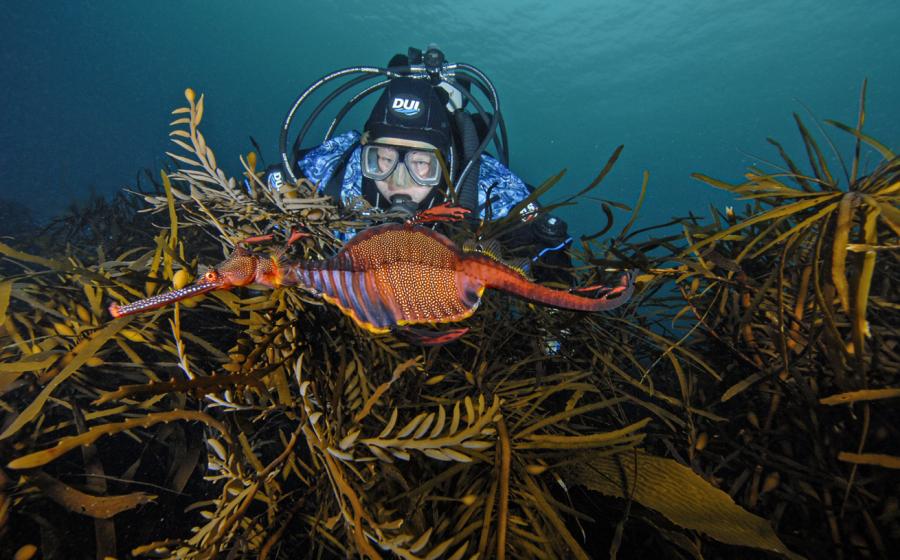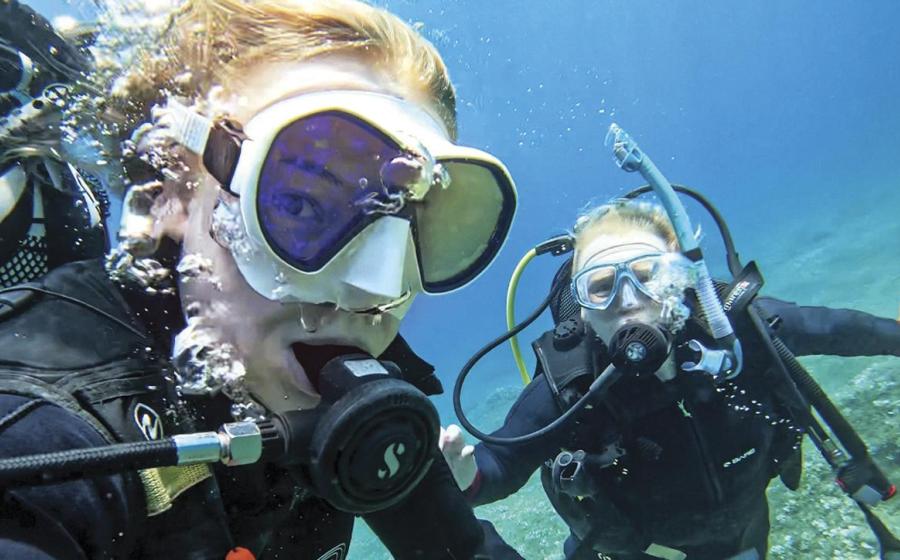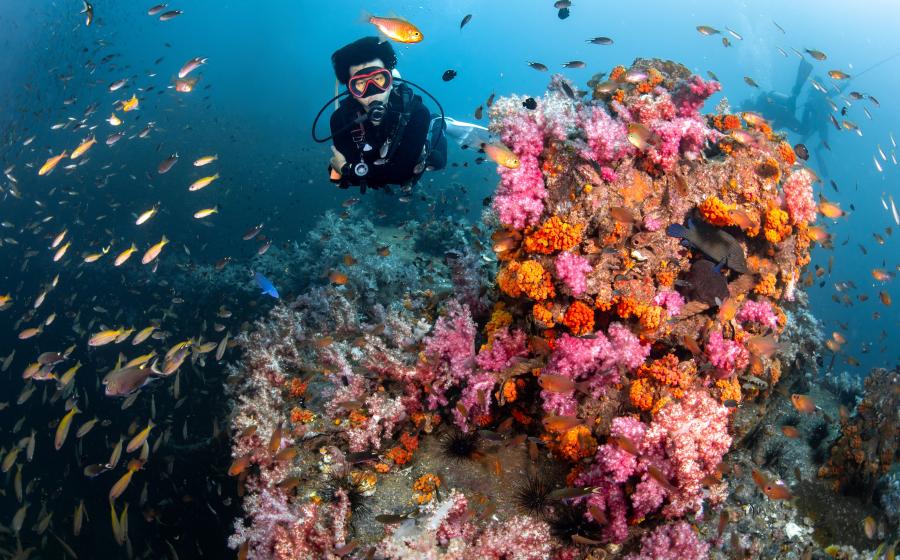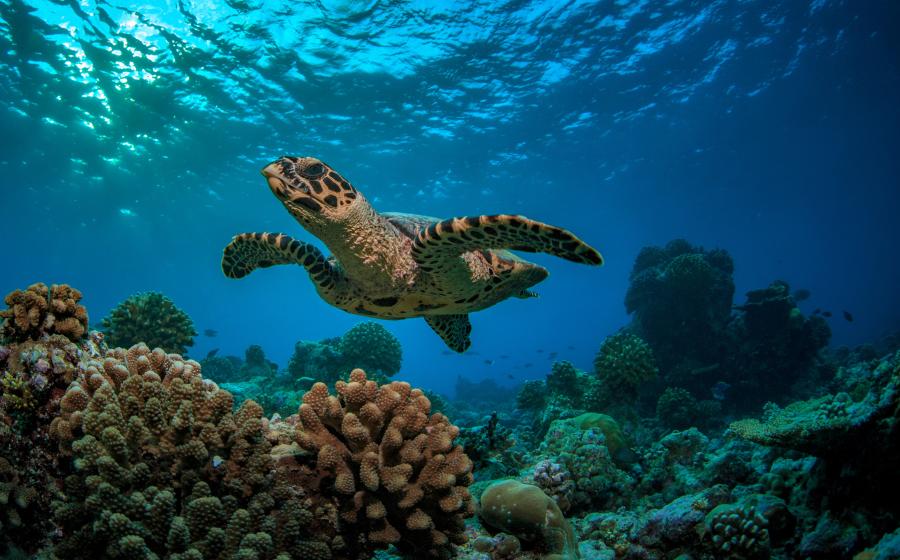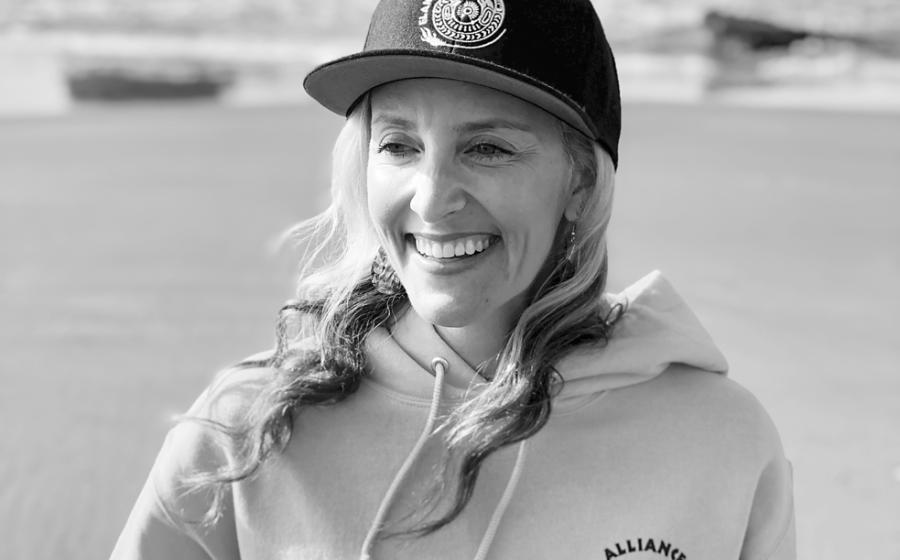Diving Crusty's Quarry, Pennsylvania
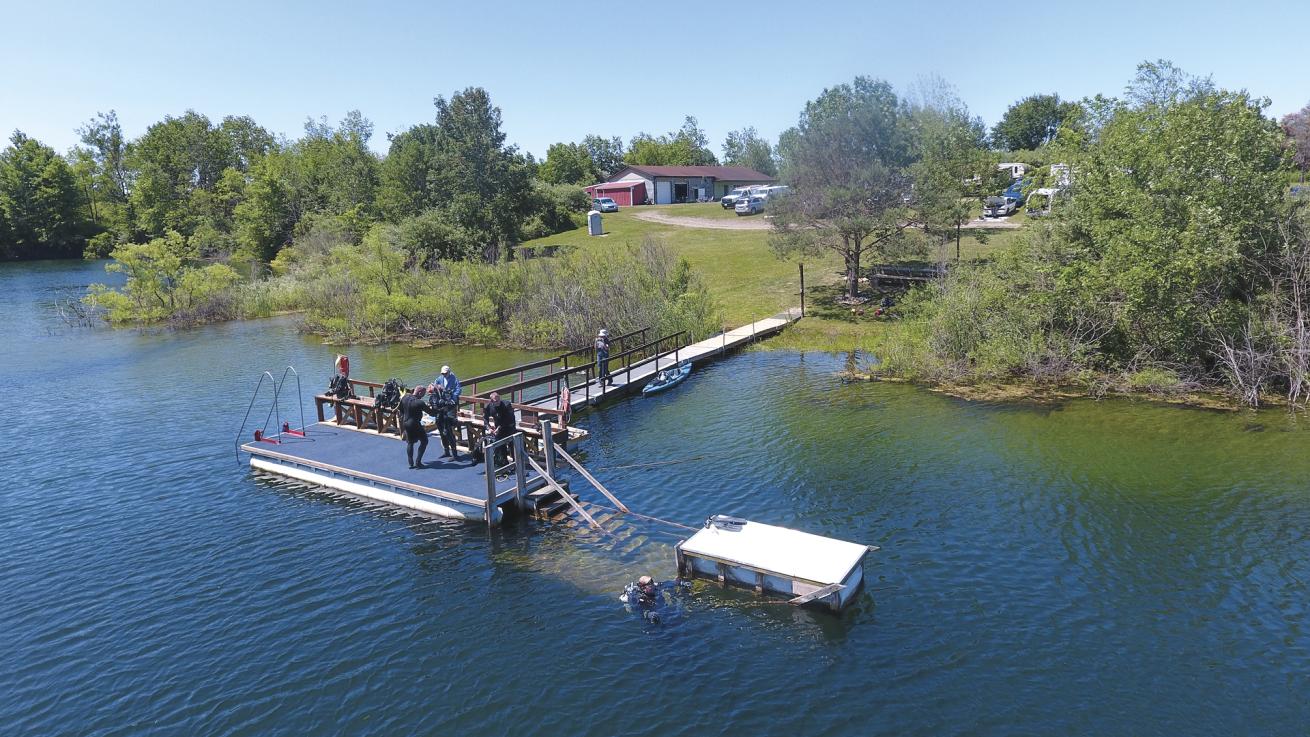
Courtesy Crusty's QuarryDock entry makes it easy to dive into Crusty’s Quarry
It’s not a question of if they are coming back, it’s a question of when.”
Josh Lean, PADI Master Scuba Diver Trainer, finds that helping his students encounter the unexpected is one of the best ways to connect them with the new skills they learn. After all, the diving community appreciates encounters with underwater flora and fauna that create unforgettable experiences. In Western Pennsylvania, few things are more fun than the annual freshwater jellyfish bloom at Crusty’s Quarry.
According to Scott Camerlo, owner of Crusty’s Quarry, about an hour’s drive north of Pittsburgh, the property was an active sand and gravel quarry in the mid-1950s. A PADI Master Instructor and certified commercial diver, Camerlo bought the quarry in 1999 with a vision for making it a full-service dive hub for the local diving community. Today, it’s a place that Lean and other instructors look forward to diving each season. The shallow depth and varying visibility create an environment where they can teach important skills like buoyancy and navigation, and where divers can explore sunken novelties like a bus and an airplane.
“We’re more like a bowl than we are like a sheer rock wall,” says Camerlo. “The topography topside is an extension of the underwater terrain: It gives you a slope down one side and the slope down the other side. There's lush green vegetation that needs to photosynthesize. It usually grows down to a depth of 18 to 20 feet.”
Related Reading: Buoyancy Calculator—How Much You Need in Dive Weights
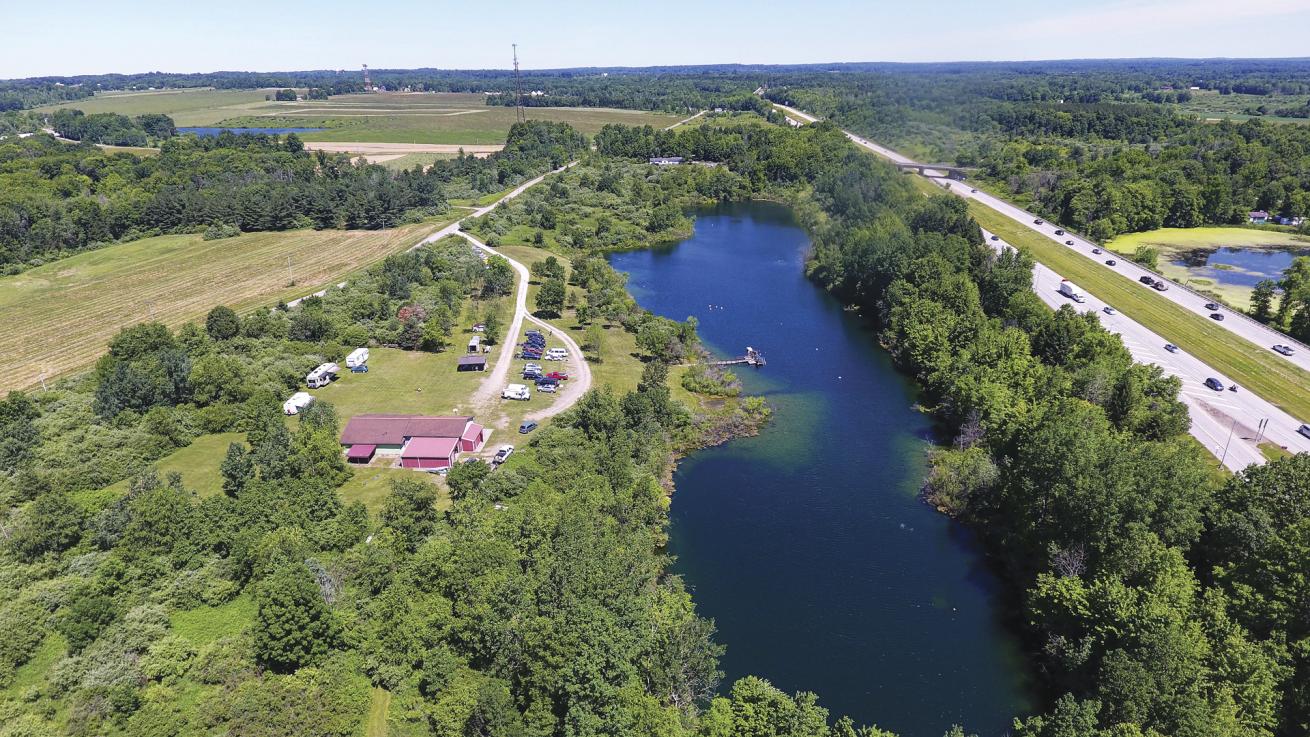
Courtesy Crusty's QuarryThe 10-acre quarry is teeming with critters and underwater attractions
This layer of vegetation, where it’s warmer and lighter, is where the fish hang out, according to Camerlo. “We have the normal panfish family like bluegills and pumpkinseeds; very friendly, nocturnal catfish; a bass family; and three turtle species.”
The seasonal jellyfish spectacle is right at home in this depth range. Sightings began about 15 years ago, when a friend told Camerlo, “You might think I’m a lunatic, but I swear I saw a jellyfish!” More and more jellies appeared, growing into an annual phenomenon at Crusty’s Quarry from mid-August until mid-October.
“They start small in terms of number and size,” continuing to grow for three to four weeks, Camerlo explains. “On a good year, you’re in a blizzard of jellies ranging in size from your pinky fingernail to your thumb fingernail. They congregate in an area maybe the size of an average bathroom in a home—then they’re gone.”
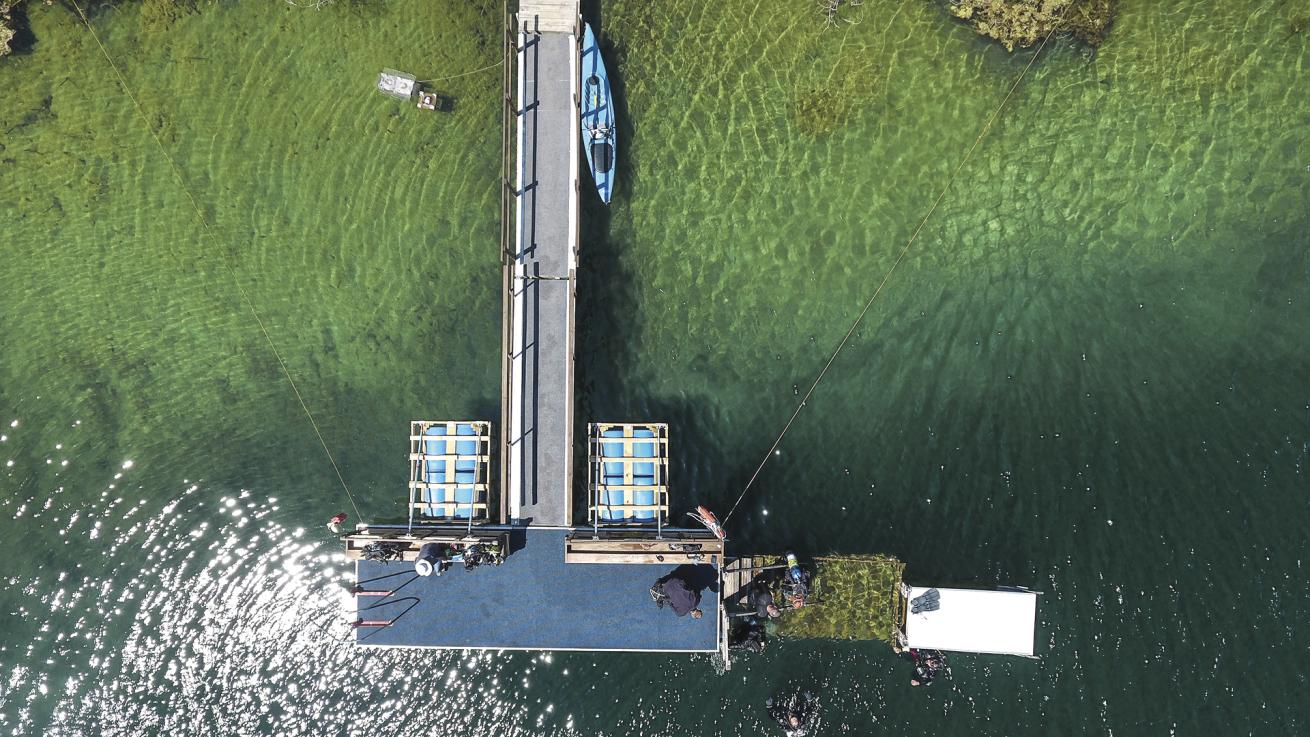
Courtesy Crusty's QuarryAn aerial view of the property’s main dock.
Lean observes more beautiful facets of the jellies each time he sees them. “They’re not opaque, they’re a translucent white color with small tentacles that go around it in the upward facing position — they’re upside down from what you think a traditional jellyfish would be,” he says.
Camerlo keeps followers appraised during jellyfish season through the Crusty’s Quarry Facebook page. He aims to foster a friendly environment for local diving, emphasizing that everyone is welcome at Crusty’s Quarry.
Related Reading: Coldwater Dispatches: Polar Jellyfish
“I like people to know that we welcome divers and snorkelers. We do accept solo diving as long as they have certification, and we do arrange for people to have buddies. We have staff who will take you out to help you with buoyancy control and navigation.”
Most importantly, when you make a visit to the quarry in season, they’ll help guide you to the jelly show. “We help people find the jellies or the sights: You can swim 100 feet and only see four, and all of a sudden be surrounded by 400!”
Site Spotlight
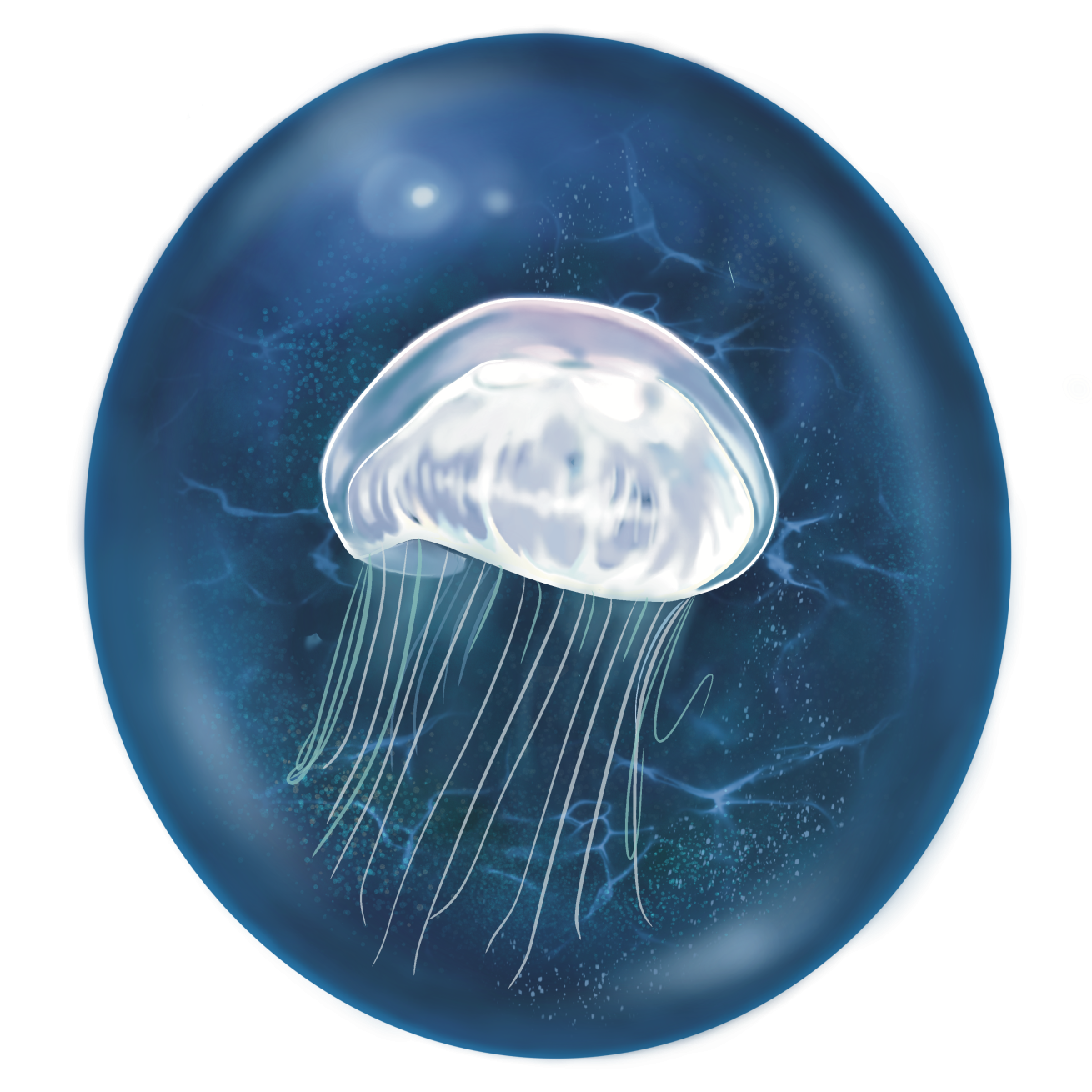
Illustration By Cassidy VincentSite Spotlight
Peach blossom jellyfi sh (Craspedacusta sowerbii) are also known as hydromedusae. The tiny, tentacled creatures grow to less than 1 inch in diameter and, since record-keeping began in 1880, have been introduced to most of the continental United States as a nonindigenous aquatic species from their native China.
“They like the shallow water, and they like the warmth,” says Camerlo. This makes freshwater habitats like Crusty’s Quarry ideal locations for jellyfish blooms to occur sporadically in warm weather. The blooms are often all-male or all-female, and such gatherings represent just one moment in a hydromedusa’s dynamic life cycle, which includes folding into a small podocyst to survive the winter.
Need To Know
Water Temps Up to 70 degrees in summer.
Certifications Sign up for the PADI Underwater Navigator specialty at Crusty’s Quarry.
What to Bring Wear a 7 mm wetsuit, and see Scott if you forget anything!
When to Visit August to October to catch a glimpse of the jellies.
Dive Shop Scott’s Scuba Service scottsscuba.com.

